I’ve started keeping a “bullet journal” in an attempt to keep myself organized. Basically, it’s a personal calendar with the flexibility to keep all kinds of lists. To-do lists, books-to-read lists, movies-to-watch lists, chore lists, steps left to finish a bathroom remodel. Lists come in handy in all aspects of my life, from buying groceries to my whitetail checklist.
Not only are lists handy, they can be crucial when it comes to planning a whitetail hunt. Bringing the essential gear can mean the difference between a successful, enjoyable hunt and a miserable—or, worse, dangerous—one.
Here’s what I have on my whitetail deer–hunting checklist for rifle season.
1. Boots. While I don’t aim to prioritize this list, I have to admit that I’m partial to my footwear on a whitetail deer hunt. Not only must they keep my feet warm in the colder days of rifle season, but they must also protect my feet from burrs, blisters, rocks and rubs. I primarily hunt in the spot-and-stalk method. The areas I hunt are open enough to allow me to see quite a distance and hilly enough to demand comfortable footwear. The boots I rely upon are Women’s Wetlands from The Original Muck Boot Company. After walking miles in them, at the end of the day my feet are just fine. Bottom line on boots: Find a pair you love, break them in a bit before heading out for a long hunt, and go back to them time after time.
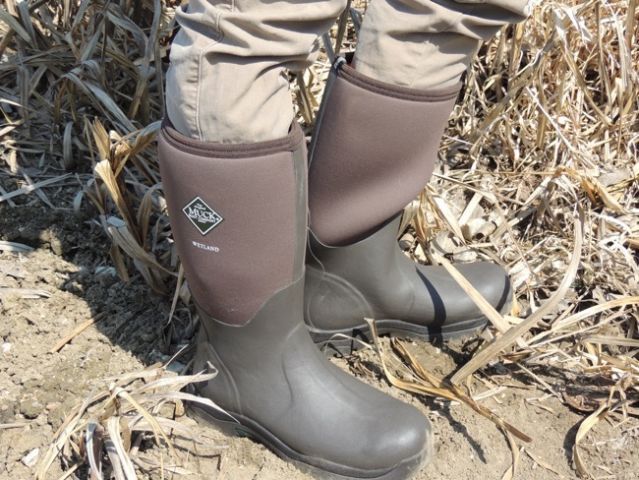
2. Hunting gear. By this, I mean the gear you need to actually kill a whitetail. I use a Browning .270 WSM. It’s deadly accurate, lightweight, and left-handed. In addition, I bring two knives: a SOG fixed blade and a Havalon caping knife with replaceable blades. Regardless of the brand you choose, it’s essential that your knives be sharp and easily accessible.
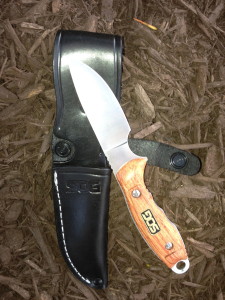
3. Optics. Ideally, I use three forms of optics. First, I have a scope on my rifle. I cannot imagine hunting without a scope, especially across open fields and small canyons. My goal is an accurate shot with an efficient kill; a scope makes that possible. The second optic I rely upon is a pair of binoculars. I’ve used some of the best and some of the worst. Obviously, the higher quality binos, the better. The most important feature, in my opinion, is ease of use. I must be able to lift the binos to my eyes and quickly acquire visual contact with distant objects. I have no time to fiddle around getting things “just right.” Finally, I like to use a rangefinder. It’s not essential, so I could leave it off my checklist, but I appreciate the peace of mind it provides. Confidence cannot be overrated when it comes to pulling a trigger, and a rangefinder lets me verify my instincts.
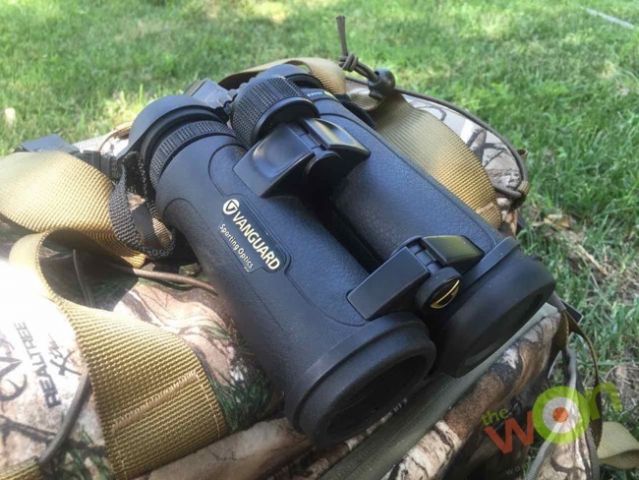
4. Clothing. We dress from the inside out, so let’s start with base layers. These are essential where I hunt during late rifle season. A good set of base layers provides you with an extra layer of insulation and it wicks away moisture, keeping you warm in cold weather.
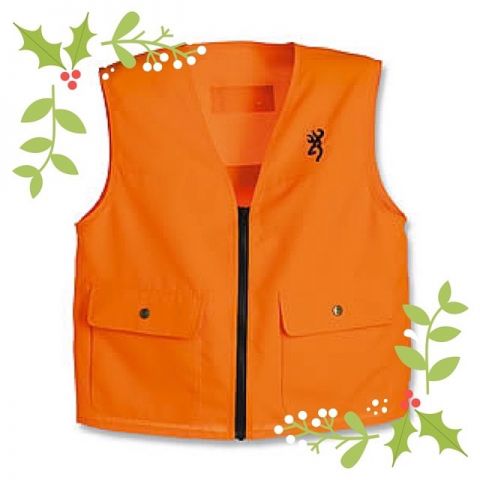 You’ll also need a hunter orange vest, and possibly more hunter orange gear, depending on the state you hunt in. I also wear an orange cap because it’s warm and I think it brings me good luck.
You’ll also need a hunter orange vest, and possibly more hunter orange gear, depending on the state you hunt in. I also wear an orange cap because it’s warm and I think it brings me good luck.
5. Food and water. Where I hunt, I take long walks but I am never more than a couple of miles away from the truck. This cuts down on the amount of food and water I must bring along. Even so, I always carry water with me. Staying hydrated, regardless of the temperature outside, is essential. I bring two bottles with me, which is plenty for drinking, with perhaps a little extra for hand washing and cleaning my knives at the end of a successful hunt. Again, knowing that the truck is nearby makes a difference, because I keep plenty of water in there.
Likewise, I don’t carry much food with me. A couple of Snickers bars and maybe an apple is enough. Often I don’t even need that while I am hunting, but it’s good to have in case I get hungry.
6. Extras. There are various other items I carry with me; some are vital and some are simply convenient. I always have a small first-aid kit in my pack. I carry a flashlight with me, and I like having a headlamp. Rope can come in handy when I have to drag a whitetail back to the truck. I also carry a supply of hand warmers: My fingers get cold no matter what gloves I wear, but hand warmers keep them nimble. I like to carry a few Ziploc bags in my pack. These are great for storing the whitetail deer heart—we gut the deer in the field—as well as for securely holding various other items, such as trash that I might not want to stuff in my backpack.
Speaking of such trash, women who hunt sometimes find themselves in the field during “that time of the month.” I make sure I have a few feminine products and some toilet paper in my pack. I keep them in a Ziploc bag that I can then use to put any used items in for later disposal. As awkward as that may sound, most of us have been in such situations. It’s just life. We don’t let something that natural keep us from getting outdoors.
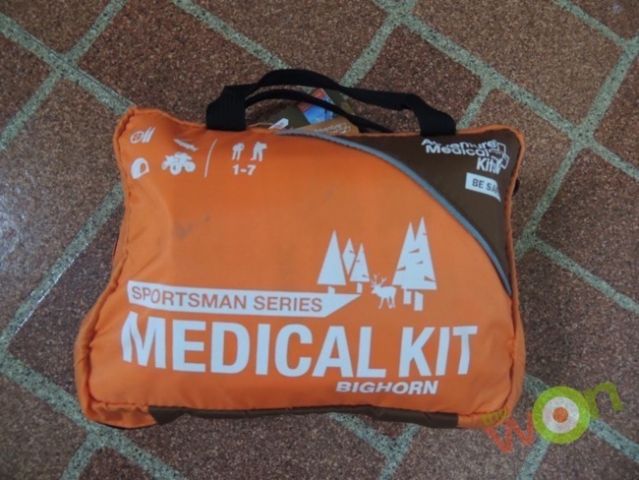
7. Licenses and tags. I did not prioritize this list. If I had, the hunting license would have been at the top. Like the dessert at the end of a great meal, I saved the best for last. A hunt cannot happen without a hunting license allowing you to legally hunt in a state. Hunting big game, such as whitetail deer, requires “tags,” which must be purchased and allow you to hunt in a particular location for a specific species of animal. Not only do licenses help conserve animal populations, they also serve as an important method of raising funds for the state, much of which is used to protect the very land upon which you are hunting. In addition, hunters in many states must meet certain firearms safety requirements before being granted a hunting license, a practice which addresses public safety concerns.
No doubt, I have left many items off this whitetail deer-hunting checklist. Each hunt is different, and each hunter is unique. My hope is that this checklist serves as starting point as you prepare for a hunt. There are so many products out there that claim to be essential, but I try to limit my gear to the minimum necessary. I would love to hear from you.